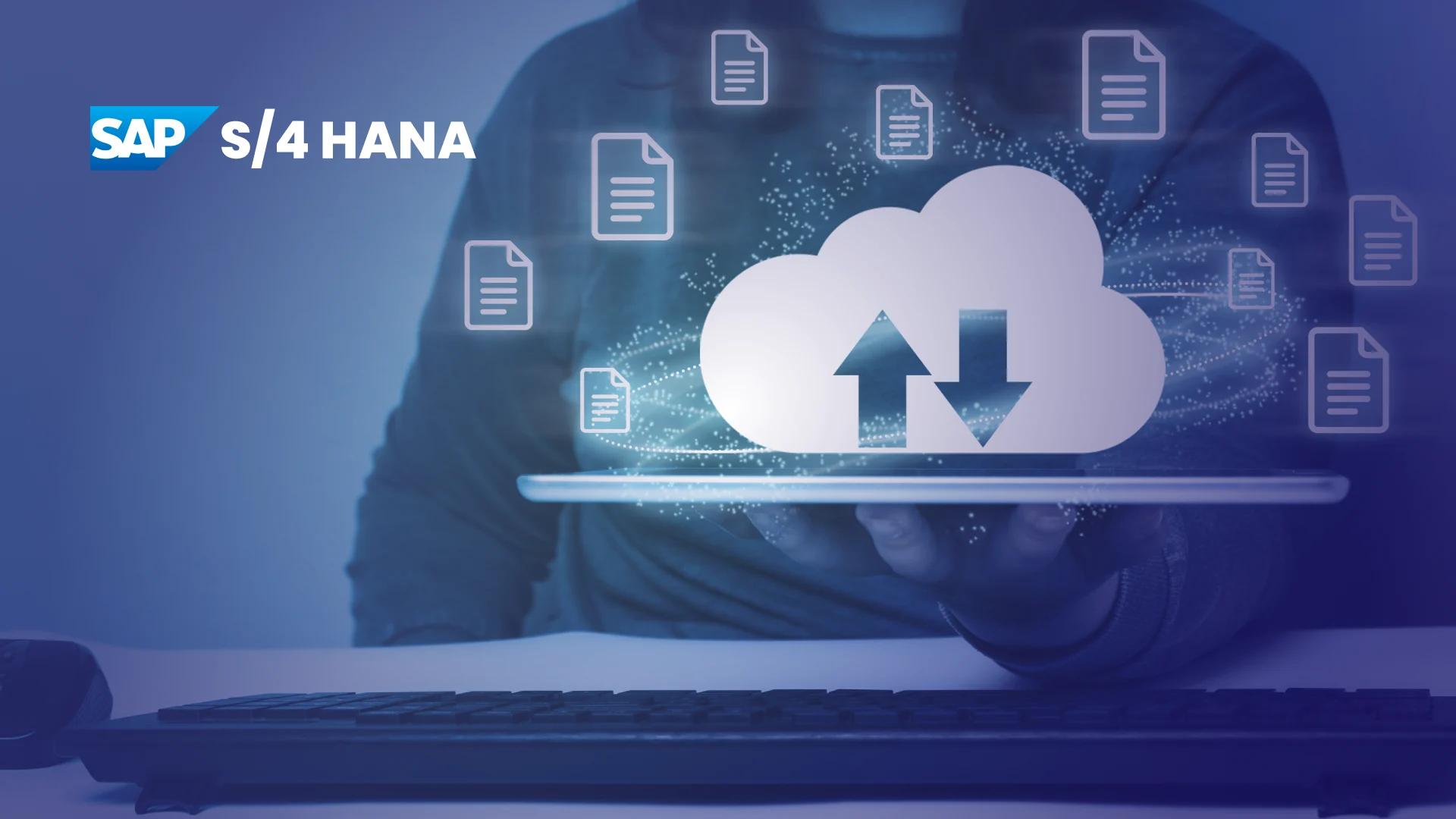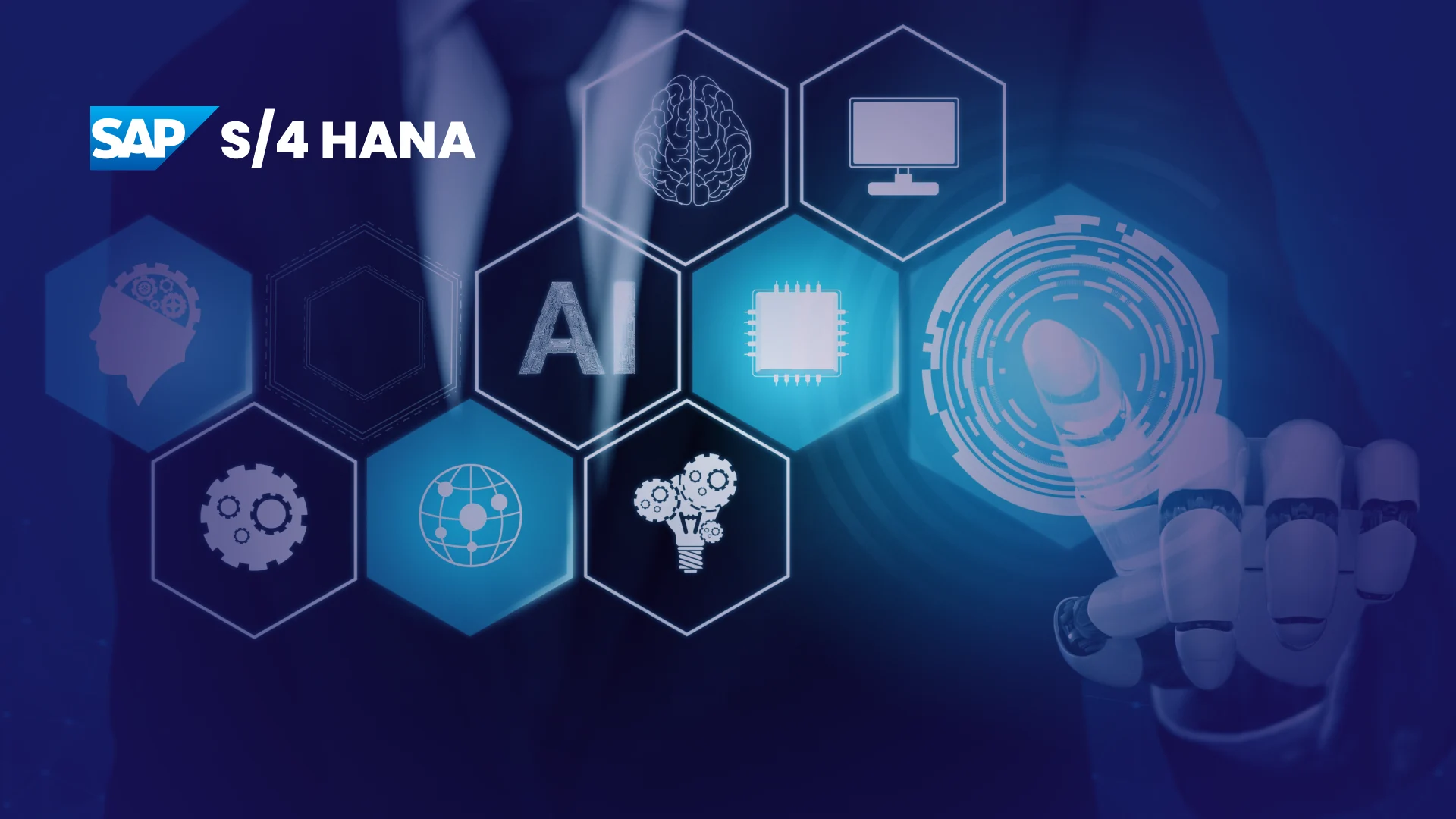Did you know data-driven companies are growing 30% faster annually? Or that organizations with strong data-driven cultures are 4.6 times more likely to rely on data for major decisions?
Businesses are rolling out data literacy programs to keep up and using data-driven approaches. However, creating a “data-driven” culture in your organization is more than using advanced analytics tools or AI. It’s about creating harmony among these key pillars: people, technology, data, planning, and processes.
Align these five key components and the data-driven culture will follow. Read on to understand how.
Advocate data-driven culture at an executive level
Relying on data means replacing gut-based decision-making. And building a culture where decisions are made based on evidence requires a top-down approach.
Ask the leadership to use data to support hypotheses, test theories, and validate business strategies.
The simplest way to do this is to encourage leaders to ask questions like “Do you have data to support this?” in every discussion. Through this habit, they can spread the importance of analytics throughout the organization.
Another powerful way to encourage a data-driven culture is a promotions and rewards system. When employees using data and analytics to prove their tests or hypotheses get promoted, it sends a clear message—data-driven decision-making matters. When every employee—from the C-suite to the frontlines sees the tangible benefits of data-driven decision-making, they’re motivated to adopt this mindset.
Improve data governance
How do you know if your organization your organization has data silos?
- It takes a long time for employees to sift through reports manually
- Discrepancies in who has access to data
- Duplication of data across departments resulting in duplicate and inconsistent data analysis
It’s important to break these silos to unlock the full potential of data analytics. However, this requires data literacy through training programs on data handling and compliance.
To begin building a truly data-driven culture, make data accessible to everyone. Let all your team members explore data and dig up insights that matter to their roles. Promote a data-sharing culture by showing employees collaborative success stories and using self-service analytics tools.
Make these structural shits:
- Enable cross-functional data handling i.e. let team members across diverse teams come together for comprehensive data analysis.
- Implement strong data governance frameworks to ensure data policies are applied across all departments.
- Reward collaboration and the use of shared BI (Business Intelligence) tools to encourage further sharing of data and insights.
Along with these structural shifts, implement these guidelines:
- Create clear policies that outline data access, usage, and security.
- Standardize metrics to define data quality.
- Create a plan to handle data integration and data privacy.
- Train employees to understand how to work with data.
- Regularly review the systems and data policies to see if they're performing as expected.
These guidelines will help maintain data integrity and compliance with regulatory standards while fostering a sense of accountability among employees.
Build communities of data enthusiasts
A data-driven culture is dynamic so encourage ongoing education on the latest data trends and technologies. One easy way to do this is to build communities of data enthusiasts and foster learning and collaboration across teams.
- Host workshops or hackathons: Encourage employees to solve real-world challenges using data tools.
- Create forums: Use platforms like Slack or Microsoft Teams for sharing insights, trends, and best practices.
- Reward employee contribution: Recognize employees who share impactful data insights or propose data-backed strategies.
- Establish mentorship programs: Pair experienced analysts with beginners to boost skills and engagement.
- Encourage cross-departmental collaboration: Use data projects to connect teams and encourage shared learning.
Use the right analytics tools
Tools like Power BI, Tableau, or Splunk provide intuitive dashboards and visualizations, helping teams derive actionable insights. AI-powered analytics platforms further automate data pattern identification and predictions. However, choosing tools that align with your business goals is key. After all, poor data quality can cost businesses an average of $3.1 trillion annually—not to mention wasted resources and time.
Do you require an analytics tool to monitor data in real-time, perform predictive analysis, or reports generation?
Features and functionality:
- Does the tool support the analytics needs (e.g., reporting, visualization, predictive analytics, real-time monitoring)?
- Can it also analyze large and complex datasets?
Integration capabilities:
How easily does it integrate existing systems ( e.g. CRM, ERP, or databases)?
User-friendliness:
Is the tool user-friendly for non-technical team members?
Scalability:
Cost:
- What is the total cost of ownership, including licensing, implementation, and maintenance?
- Are there additional costs for training or add-ons?
Data governance and privacy
- Does the tool comply with data privacy regulations (e.g., GDPR, HIPAA)?
- Does it offer features for data access, control, data encryption, and compliance?
Follow effective change management practices
Follow the widely adopted eight-step Kotter’s change management model:
- 1. Create a sense of urgency
- 2. Form a powerful coalition
- 3. Create a vision of how the organization will look after the change
- 4. Communicate this vision
- 5. Encourage other team members to act on the vision with training and resources
- 6. Create short-term wins to keep employees motivated
- 7. Consolidate gains and build on them
Along with this, training is a crucial aspect of effective change management. For instance, you’ve adopted a new analytics tool. You need to train the employees so that they get the maximum benefit of the tool. Christina Egea, Vice President, Enterprise Data Products at Capital One shares an insight on this,
“Technology—and particularly data technology and tools—is constantly changing, so providing resources for training, reskilling, and upskilling empowers employees to get the most out of their data as technology changes.”










